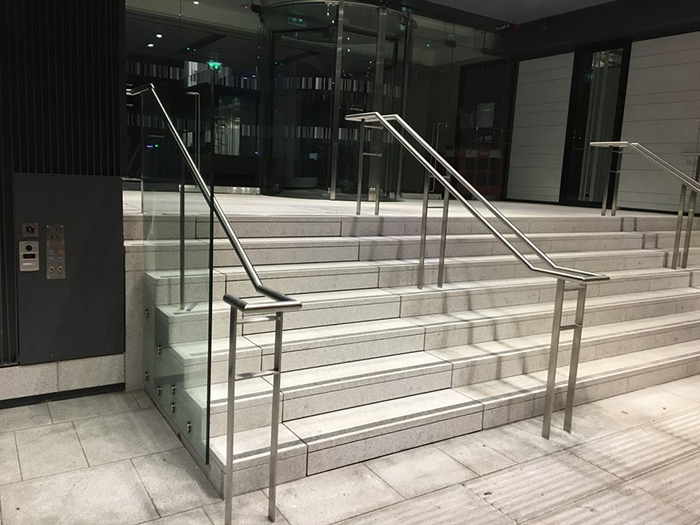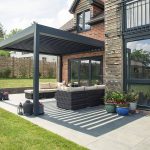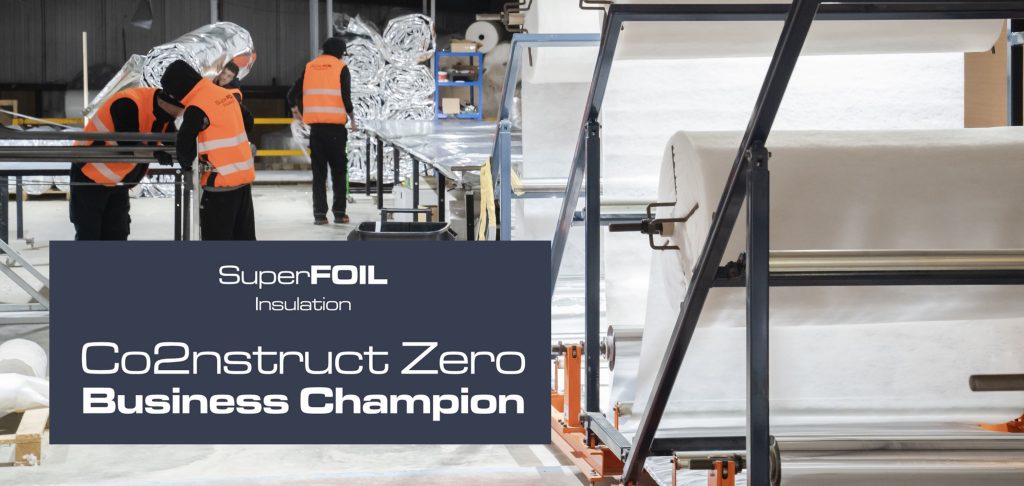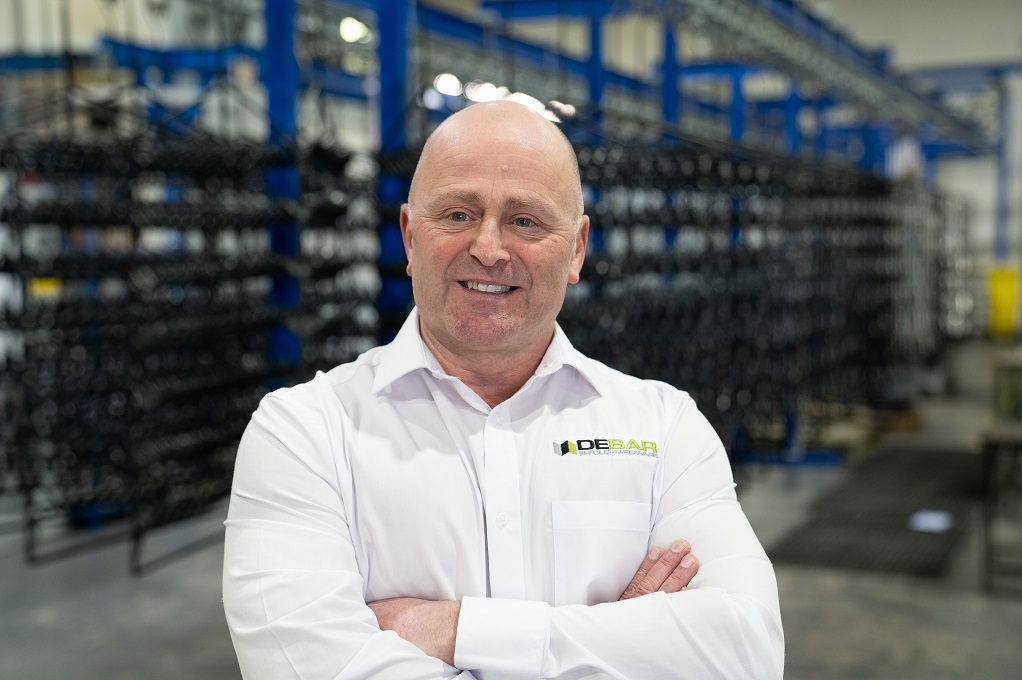How to choose the right stairlift

 If someone has limited mobility and struggles to walk up and down staircases, a stairlift can allow them to access all areas of their property more easily, helping them maintain a sense of independence by removing the stairs as an obstacle.
If someone has limited mobility and struggles to walk up and down staircases, a stairlift can allow them to access all areas of their property more easily, helping them maintain a sense of independence by removing the stairs as an obstacle.
The decision to have a stairlift installed isn’t always an easy one. However, it can allow many people to remain in their home and enjoy a better standard of life for longer.
Of course, as with all major home improvements, it’s important that the stairlift suits the customer and their home. Choosing the right stairlift is about understanding the customer’s needs and wants and selecting the most appropriate solution.
The different types of stairlifts
There are various types of stairlifts available so it’s important that the customer chooses the best one for their needs, both now and in the future.
Seated Stairlifts
Seated stairlifts are the most popular type of stairlift, allowing the user to sit comfortably on a seat that swivels when it reaches the top of the stairs to make it easier to go from sitting to standing.
Perch Stairlifts
If you find sitting difficult or uncomfortable, a perch stairlift could be a better option. This type of stairlift supports the user underneath the buttocks, keeping the movement of hip and knee joints to a minimum. Perch stairlifts usually feature retractable seatbelts for safety.
Perch (or standing) stairlifts are also often installed if the user has a particularly narrow staircase that won’t accommodate a seated lift. However, it’s important to note that the staircase must be high enough to fit in your whole standing body.
This type of stairlift isn’t appropriate for everyone. For example, it could be dangerous for those who suffer from dizzy spells or aren’t physically strong enough to stand for a few minutes at a time.
Straight Stairlifts
Straight stairlifts are suitable for use on straight staircases and are fitted to the stair tred rather than the wall of the staircase. Powered from the mains, straight staircases are also available with a battery backup option for peace of mind.
This is often a more affordable option, which can typically be installed in as little as a couple of hours.
Curved Stairlifts
Curved stairlifts have the ability to go around bends in the staircase, as well as gliding across landings or half landings.
This type of stairlift operates on a rail that fits closely to the wall, even on tight bends. Most curved stairlifts run from rechargeable batteries, which are constantly topped up from charging points at the top and bottom of the stairs.
Vertical Stairlifts
Vertical stairlifts go from one floor of a property to another, moving directly through a hole in the ceiling/floor. The track of a vertical stairlift attaches to the wall.
A vertical stairlift is typically only installed in cases where the staircase isn’t suitable for another type of stairlift, for example if it’s too narrow or if there is a spiral staircase in place.
Outdoor Stairlifts
Outdoor stairlifts provide easy access to exposed sites, including the steps leading up to the door. Outdoor stairlifts include a waterproof cover and are designed to perform well even in testing conditions.
Consider their needs
Once the customer has familiarised themselves with the various types of stairlifts available, it’s time to think about their specific requirements and what they want from their stairlift.
Most stairlifts come with a variety of features that meet the needs of different users. Some of the features they should consider include:
Controls
Controls can usually be positioned at either side of the stairlift in line with preferences. If they have problems with hands or wrists, they might find a joystick mechanism easier to operate than control buttons.
Hand-held and remote controls are also available to call the lift or send it back up or down the stairs. This can be particularly useful if more than one person in the household uses the stairlift.
Height
If they experience problems with hips, knees, or back, they will need to carefully consider the height of the stairlift. Generally speaking, the seating height of most stairlifts is somewhere between 19 – 20 inches from floor to seat.
However, the height can often be adjusted inline with their needs.
Seat
The majority of stairlifts come with a swivel seat as standard, meaning they need to manually swivel the seat by 90 degrees when they get off the stairlift at the top of the stairs.
If they have spinal problems or limited movement, they might find this difficult. In which case, they’ll need to look for a stairlift with a power swivel to automatically turn the seat when it reaches the landing.
Footrest
Most stairlifts come with a footrest as standard, requiring the user to bend down to fold and unfold it. However, if they have difficulties bending down then reaching the footrest could pose a problem.
There are a number of solutions. For example, the footrest can be linked into the seat arm, allowing the user to rise or lower the footrest by moving the arm of the chair up and down. Alternatively, a powered footrest can be installed.
Weight
Standard stairlifts have a user weight limit of between 18 – 19 stone (114kg – 120kg), however this can vary depending on factors including the angle of the staircase. Heavy-duty staircases are valuable for heavier users.
Colours and upholstery
While they won’t always have a choice when it comes to the colours and upholstery options of the stairlift, some companies will offer to pain the lift any colour and cover the seat in any upholstery they like.
Locks
A lock can be beneficial if they have young visitors to your home or live with children, keeping them safe from accidents and injuries.
Contact companies
When choosing a stairlift, it’s worth contacting a number of different companies to find out more about what they offer and the costs involved. Look out for companies that are members of the British Healthcare Trades Association, the Lift and Escalator Industry Association, or a similar body.
The company should visit the home to discuss the customer’s needs further and inspect the staircase to see what is physically possible.
Make sure you ask questions such as:
– How much will it cost?
– How long will the work take?
– What happens if you no longer need the stairlift?
– Is there an aftersales service?
Sesame Access supplies a range of ‘high quality’ horizontal, vertical, platform and all types of bespoke lifts. Sesame lifts are said to be perfect for Listed Buildings and iconic properties.




















